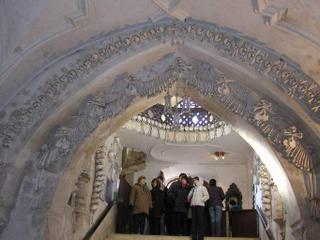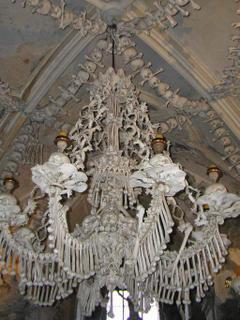Frank Lloyd Wright


Frank Lloyd Wright was one of the greatest architects of the late 19th and all of the 20th centuary!!He developed several architectural styles which were aesthetically pleasing as well as functinal.He believed that' the reality of the building is not the container but the space within'.Thus all this structures had interiors which gave a sense of an entirely different environment.His own house was one of the first examples of "Praire Architecture" which he developed.Here are a few pics of his house and some elements that he used!Later I will try and give a fast trip through some of his renowed works...





















